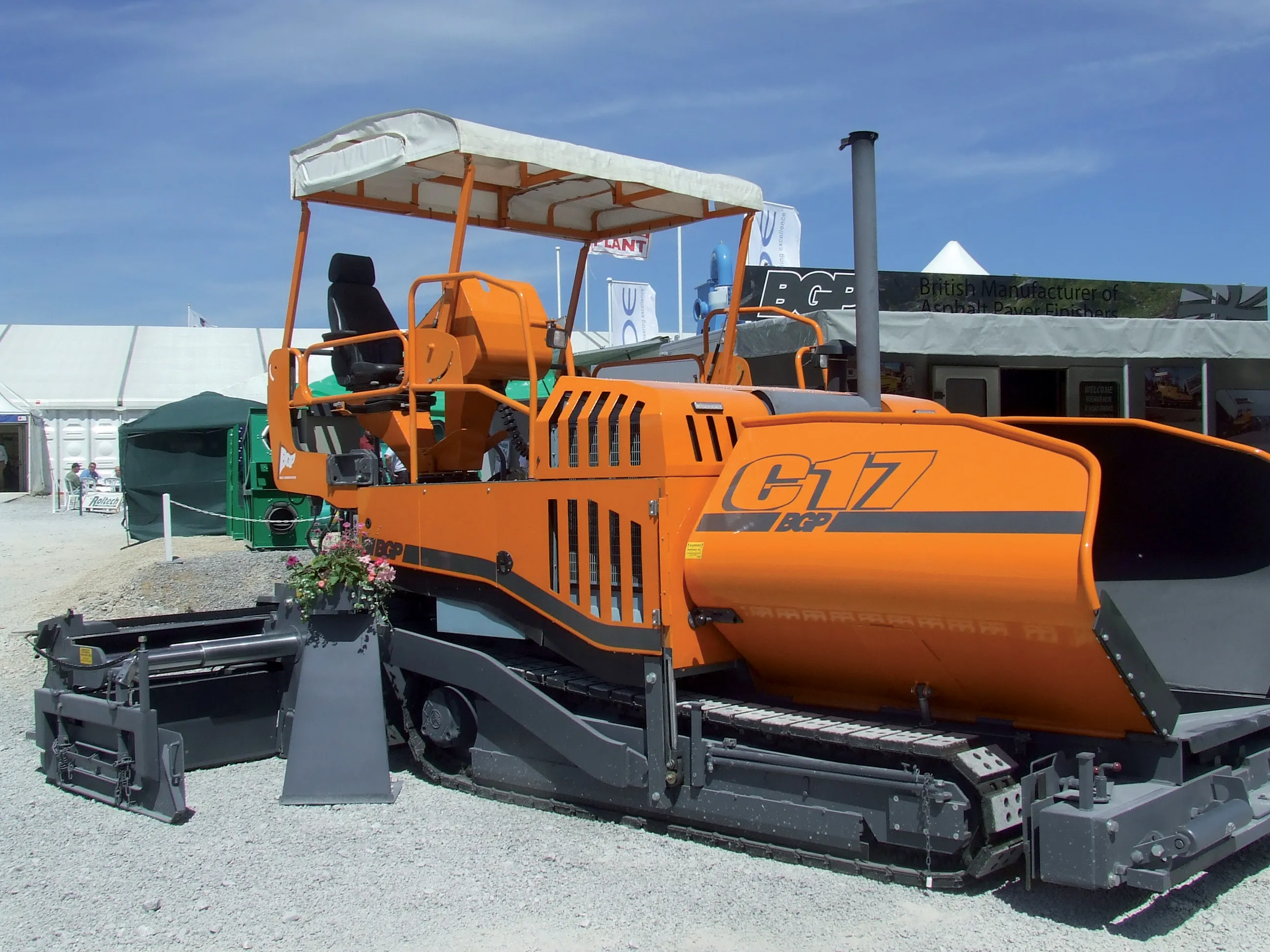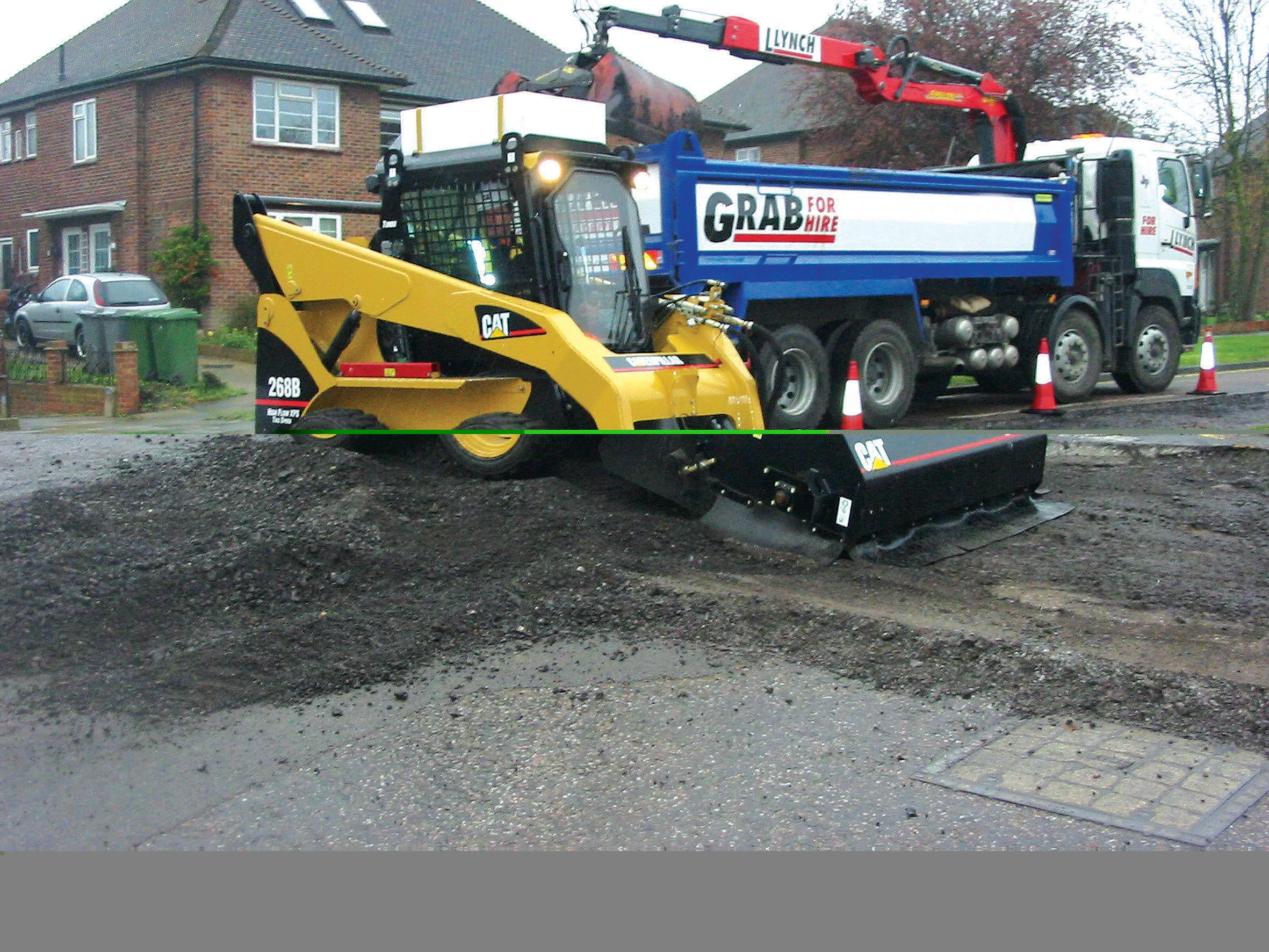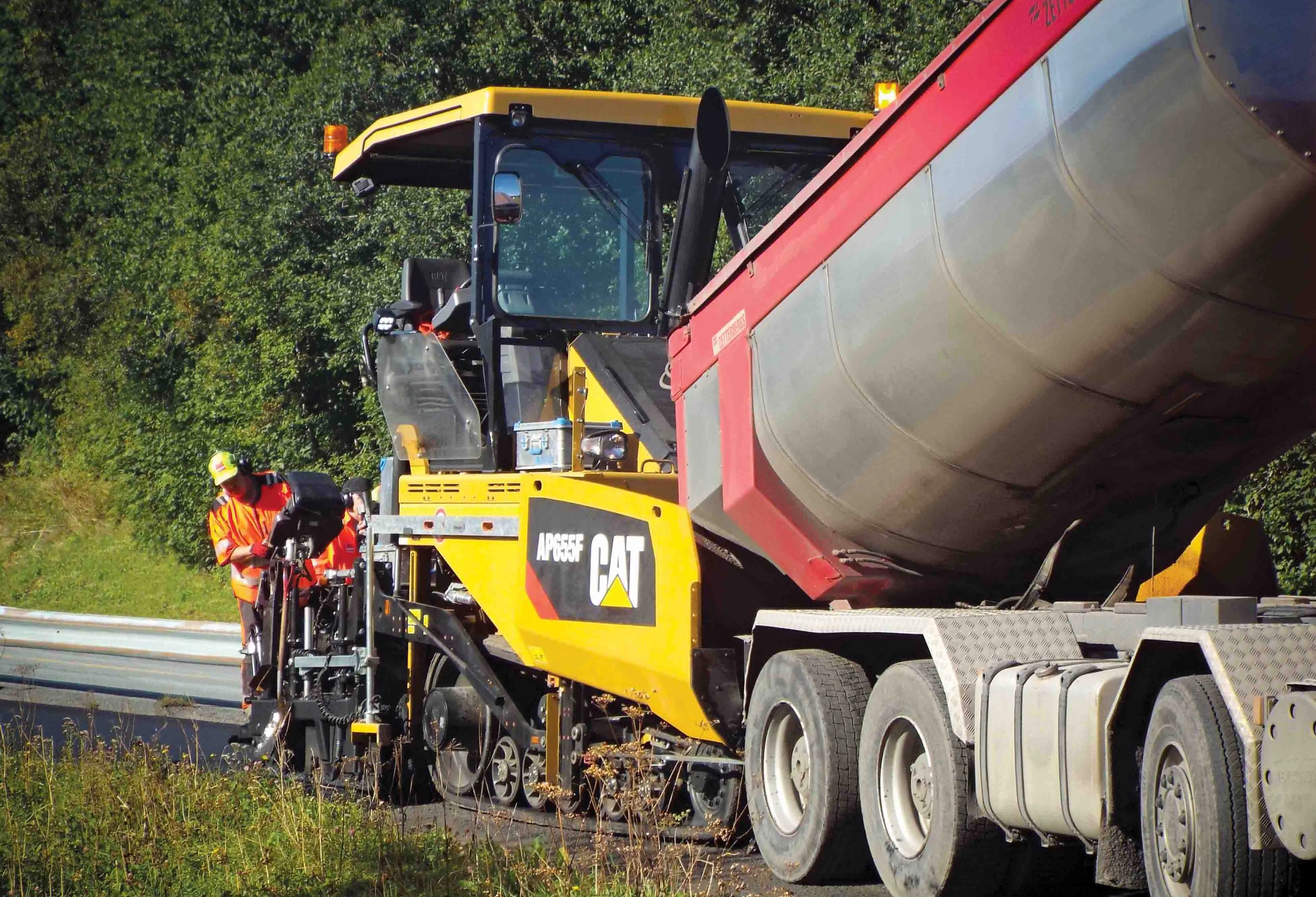
Improving technologies for machine control systems continue to deliver increases in efficiency for contractors - Mike Woof writes
Machine control technologies have continued to develop as the specialist suppliers in this fiercely fought sector seek to find a competitive advantage over their rivals. The key players,
Using machine control systems offers contractors the chance to cut operating costs and construction time while boosting efficiency and profit margins. The use of these systems can make a direct reduction in surveying costs right from the start, while lowering the need for reworking right through the whole construction phase.
Machine control systems have long been used in concrete paving, with Leica Geosystems having led the field. In the earthmoving sector however, rivals Topcon and Trimble have traditionally held strong positions. But Leica Geosystems has been broadening its range of tools over some time, both through strategic acquisitions and through organic growth. And one of its latest developments is a system aimed at the earthmoving segment.
The company’s latest launch is for a system aimed at use with graders, providing dual-control technology. The new Leica iCON grade iGG4 package can be used for tricky applications such as when grading on slopes and is designed to work on both sides of the machine, unlike earlier generation systems. This means that full blade control is available for a series of applications, including ditching work and spreading material when the blade is rotated and raked. Because the system works on both sides of the grader’s blade, it features a dual antenna and uses the firm’s iCON gps 80 receiver unit.
According to the firm, the machine can also be used in these applications without reducing working speed and while also delivering high accuracy. A key feature of the system is that it allows less experienced operators to deliver a high quality finish. This is of key importance given the dwindling number of operators with the necessary skills to use a grader properly, as this is widely acknowledged as one of the most complex and challenging types of construction machine to drive.
The iGG4 system controls the lift, tilt and side shift functions of the grader’s blade. The operator meanwhile is able to concentrate on driving the grader at a constant speed and ensuring that the machine is following the correct course. Using this system in full automatic mode is said to allow an inexperienced operator to drive the machine at a higher speed than would be possible on full manual control, while still delivering the high precision working of an experienced grader operator.
In addition, the display provides the operator with key information on the quantities of material being moved as well as the areas that still need to be worked for example. Data can also be downloaded for later reference and analysis.
Trimble meanwhile has developed two new systems, one for use with bulldozers and another aimed at the compaction sector. The former is said to be able to reduce the time needed for dozing work by up to 40%, while still delivering the necessary accuracy to the design specifications. Trimble GCS900 package is said to offer improved response over previous technologies. The shorter response time is of key importance as it means the system delivers faster corrections to the blade and this in turn means that the dozer can be run at a higher speed than previously, while maintaining the necessary precision.
Carrying out a job more quickly while delivering the same level of accuracy means that the equipment is in use for a shorter time, cutting costs for the contractor. And with the package also making a huge reduction in the need for reworking, this further lowers the cost of earthmoving work. There are further savings too as more efficient use of the bulldozer and avoiding reworking means that wear and tear on the undercarriage is also lowered, providing an additional saving on maintenance.
A key feature of the new GCS900 version 12.7 package is the GradeMax Plus system. This benefits from the Trimble GS420 Inertial Measurement Unit (IMU), which monitors changes in direction and acceleration and deceleration rates. This is based on proven inertial navigation technology and provides the package with a constant flow of data that augments information being inputted from other sources.
According to Trimble, the GradeMax Plus package allows operators to work on a wider array of surface types than previously, as well as in more complex duties. An operator can change the orientation of the dozer blade as the machine works on a slope, but without having to change the machine speed. This allows the dozer to work in applications that are fairly level, as well as on jobsites that are uneven or undulating.
However as the package is said to be easy to use and also retains a similar layout to the earlier generation system, Trimble says that operators will be able to boost productivity while maintaining quality.
For the compaction market, Trimble is offering similar benefits in productivity in the shape of its CCS900 Compaction Control package. The firm says that this means the operators of compactors working alongside each other will be able to avoid duplicating passes, significantly reducing the risk of over- or under-compaction. It can be used in soil as well as asphalt compaction applications, boosting its versatility.
The display in the cab is colour coded and shows the machine operators clearly which areas have been compacted and where work still needs to be carried. The operators can work more precisely by following the information shown on their screens as the data is shared across all the machines working on a job site. The data is shared wirelessly between the different rollers in real time, allowing the operators to view the working area and see what has been compacted so far. The CCS900 version 12.7 system uses the proven Trimble SNM940 Connected Site Gateway telematics package.
In addition the roller operators are able to view the layers or lifts that other machines are working on. Overall the system enables a team of operators to deliver more consistent compaction results. Minimising the risk of both over- and under-compaction also ensures that work can be carried out accurately to the necessary design specification. And the data can also be recorded and analysed later, as well as providing a record of work carried out using the Trimble VisionLink asset management and project monitoring software. In addition, other advantages according to the firm include reduced time to carry out specific work and lowered fleet fuel consumption.









